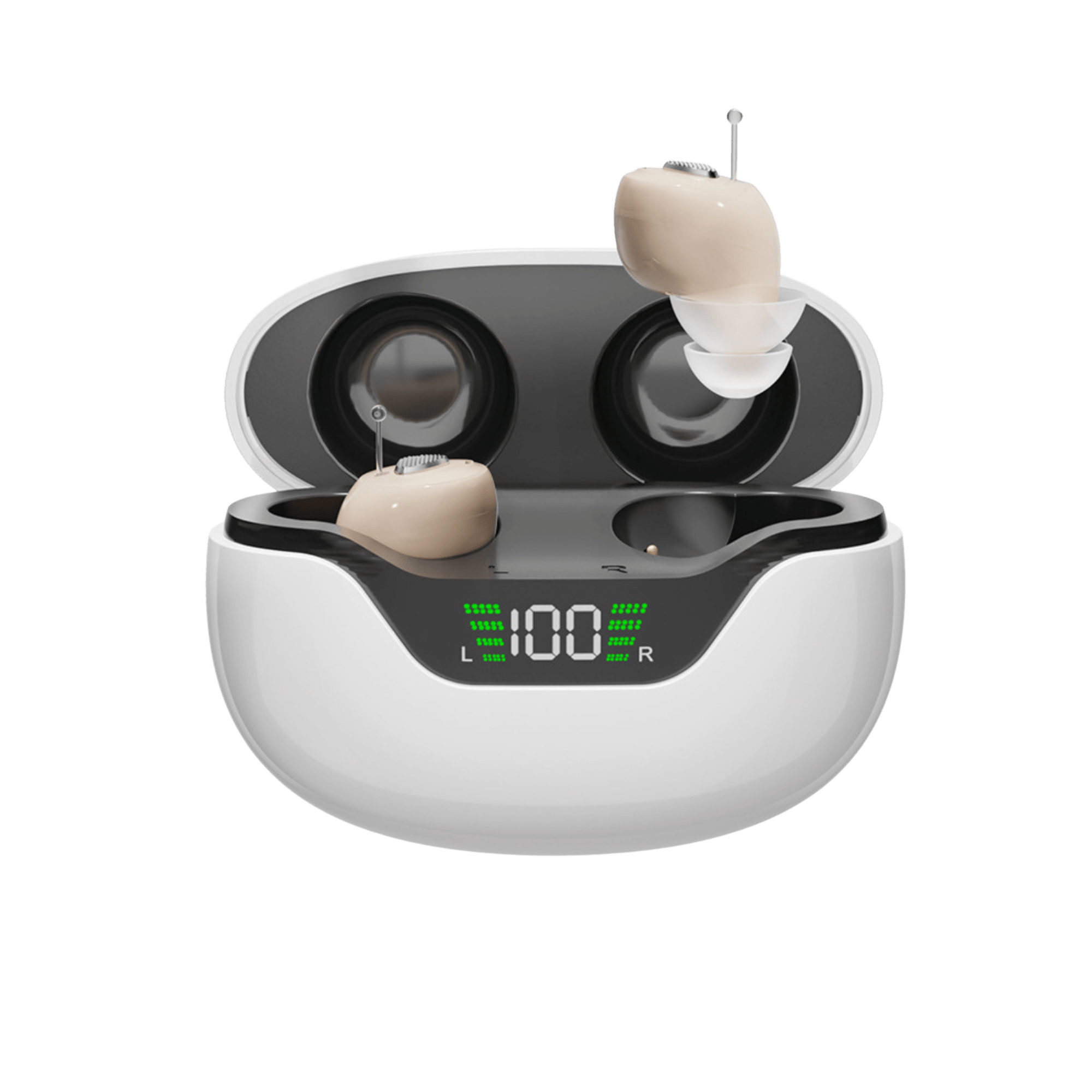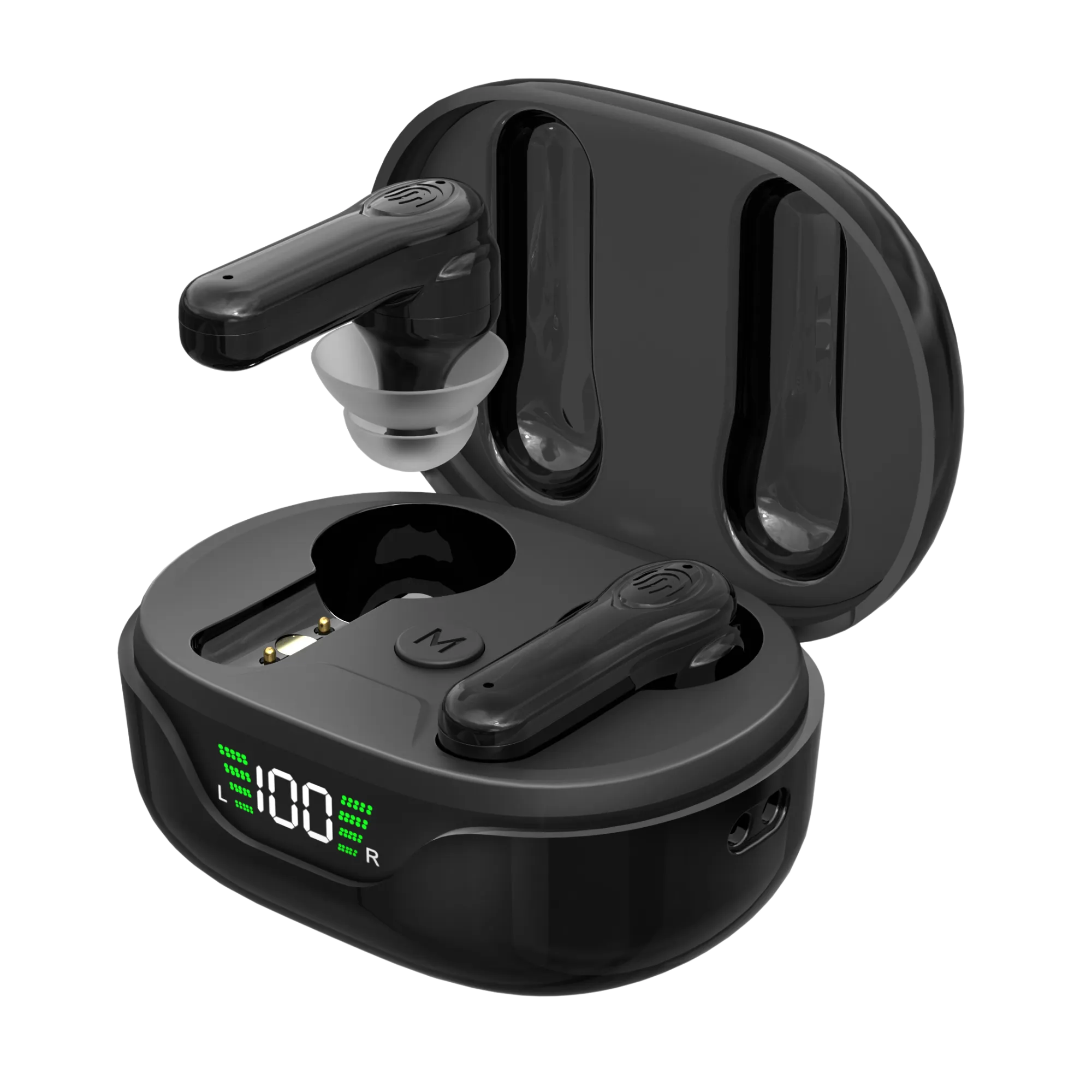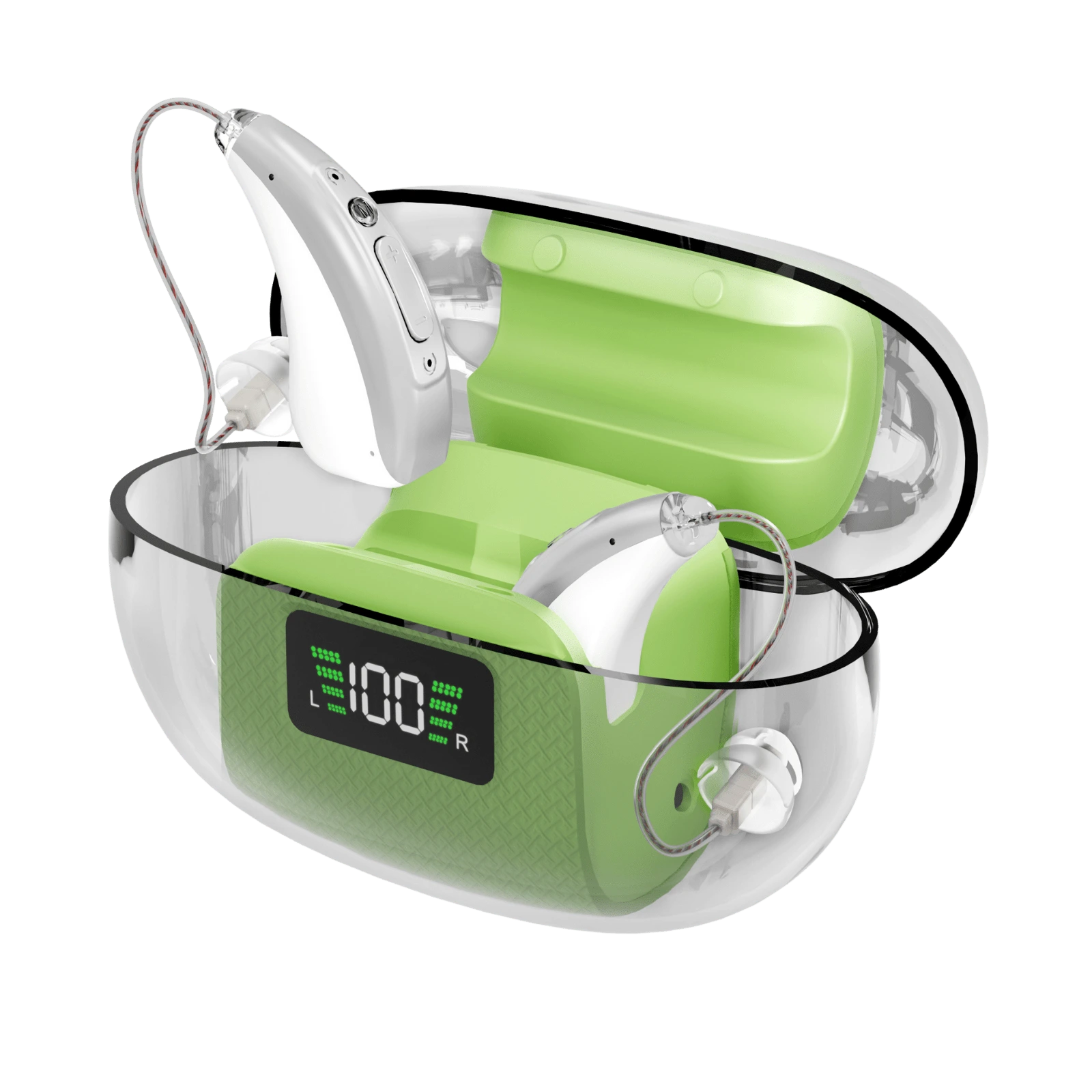Hearing aids, which provide a key link to the world of sound for individuals with hearing loss, can significantly enhance the quality of life for persons with hearing loss. However, these gadgets can occasionally generate an unexpected sound of their own, such as a whistling noise that has many users scratching their heads in confusion. Why do hearing aids make that whistling sound? This piece will attempt to explain the phenomena known as hearing aid feedback by investigating the reasons why it occurs, the effects it has on users, and the many tactics that may be used to relieve it.
The Experience of Hearing Aid Feedback as a Phenomenon
Feedback is the term used to describe the whistling sound that might come from a hearing aid. This occurs when the sound that has been amplified by the hearing aid escapes out of the ear and re-enters the microphone of the hearing aid, generating a loop of sound that results in a whistle. Hearing aids are designed to prevent this from happening.
What Causes Feedback to Take Place?
A fundamental understanding of how hearing aids function is required in order to comprehend the phenomenon of feedback. Let's take a closer look at the primary factors that contribute to the whistling sound produced by hearing aids:
Hearing aids that do not fit properly
An improperly fitted hearing aid is one of the key contributors to the phenomenon of feedback. In the event that there is a space between your ear and the hearing aid, amplified sound has the potential to escape from this space and make its way back to the hearing aid microphone, which would result in the formation of a feedback loop.
Buildup of Cerumen in the Ears
It's possible that feedback is being caused by an excessive accumulation of earwax. The whistling sound is caused when the ear canal is clogged with wax because the sound that is being amplified by the hearing aid might reflect back into the microphone.
Technical Faults
Feedback might also be the result of a problem with the hearing aid's functionality. It is possible for sound to leak and re-enter the microphone if it has been damaged in any way, for as by having fractures in the tubing, holes, or loose wires.
Adjustments Made to Positions
Hugging, wearing a hat, or even just changing your glasses might momentarily change the location of the hearing aid, which can result in feedback.
How to Deal with and Avoid Feedback from Your Hearing Aid
Armed with the understanding of why hearing aids whistle, let's investigate the methods in which this feedback might be managed and avoided:
Maintenance and Cleaning on a Regular Basis
Cleaning your hearing aids on a regular basis might help cut down on unwanted feedback. It is possible to cut down on instances of feedback if you clean the wax out of your hearing aids on a regular basis and have your ears tested for an excess of wax.
Appropriate conformity
It is absolutely necessary to have a hearing aid that is properly fitted in order to avoid feedback. Visits to your audiologist or hearing aid provider at regular intervals can assist ensure that your hearing aid is fitted properly and is operating at its peak level of performance.
Technology for the Elimination of Feedback
The ability to reduce or eliminate feedback is a common function found on many current hearing aids. These technologies are able to recognize a feedback loop and disable it before the whistle can even be heard, ultimately putting an end to the problem.
Technical Maintenance and Repairs
If your hearing aid all of a sudden begins to produce feedback, this may be an indication that there is a technical issue. The whistling sound may be eliminated by having a trained expert evaluate the system, identify any problems, and then fix those problems.
In conclusion, feedback from hearing aids, often known as the whistling noise, is an annoyance that is experienced frequently by those who wear hearing aids. Users are able to take effective actions to prevent and manage this feedback if they have a solid understanding of the underlying reasons, which include ill-fitting hearing aids, earwax accumulation, technical malfunctions, and changes in posture. Hearing aid wearers may get the most out of their devices while minimizing the accompanying whistling by keeping them clean, making sure they have the right fit, utilizing features that eliminate feedback, and doing frequent checks on their devices' technical functioning.
The Experience of Hearing Aid Feedback as a Phenomenon
Feedback is the term used to describe the whistling sound that might come from a hearing aid. This occurs when the sound that has been amplified by the hearing aid escapes out of the ear and re-enters the microphone of the hearing aid, generating a loop of sound that results in a whistle. Hearing aids are designed to prevent this from happening.
What Causes Feedback to Take Place?
A fundamental understanding of how hearing aids function is required in order to comprehend the phenomenon of feedback. Let's take a closer look at the primary factors that contribute to the whistling sound produced by hearing aids:
Hearing aids that do not fit properly
An improperly fitted hearing aid is one of the key contributors to the phenomenon of feedback. In the event that there is a space between your ear and the hearing aid, amplified sound has the potential to escape from this space and make its way back to the hearing aid microphone, which would result in the formation of a feedback loop.
Buildup of Cerumen in the Ears
It's possible that feedback is being caused by an excessive accumulation of earwax. The whistling sound is caused when the ear canal is clogged with wax because the sound that is being amplified by the hearing aid might reflect back into the microphone.
Technical Faults
Feedback might also be the result of a problem with the hearing aid's functionality. It is possible for sound to leak and re-enter the microphone if it has been damaged in any way, for as by having fractures in the tubing, holes, or loose wires.
Adjustments Made to Positions
Hugging, wearing a hat, or even just changing your glasses might momentarily change the location of the hearing aid, which can result in feedback.
How to Deal with and Avoid Feedback from Your Hearing Aid
Armed with the understanding of why hearing aids whistle, let's investigate the methods in which this feedback might be managed and avoided:
Maintenance and Cleaning on a Regular Basis
Cleaning your hearing aids on a regular basis might help cut down on unwanted feedback. It is possible to cut down on instances of feedback if you clean the wax out of your hearing aids on a regular basis and have your ears tested for an excess of wax.
Appropriate conformity
It is absolutely necessary to have a hearing aid that is properly fitted in order to avoid feedback. Visits to your audiologist or hearing aid provider at regular intervals can assist ensure that your hearing aid is fitted properly and is operating at its peak level of performance.
Technology for the Elimination of Feedback
The ability to reduce or eliminate feedback is a common function found on many current hearing aids. These technologies are able to recognize a feedback loop and disable it before the whistle can even be heard, ultimately putting an end to the problem.
Technical Maintenance and Repairs
If your hearing aid all of a sudden begins to produce feedback, this may be an indication that there is a technical issue. The whistling sound may be eliminated by having a trained expert evaluate the system, identify any problems, and then fix those problems.
In conclusion, feedback from hearing aids, often known as the whistling noise, is an annoyance that is experienced frequently by those who wear hearing aids. Users are able to take effective actions to prevent and manage this feedback if they have a solid understanding of the underlying reasons, which include ill-fitting hearing aids, earwax accumulation, technical malfunctions, and changes in posture. Hearing aid wearers may get the most out of their devices while minimizing the accompanying whistling by keeping them clean, making sure they have the right fit, utilizing features that eliminate feedback, and doing frequent checks on their devices' technical functioning.





